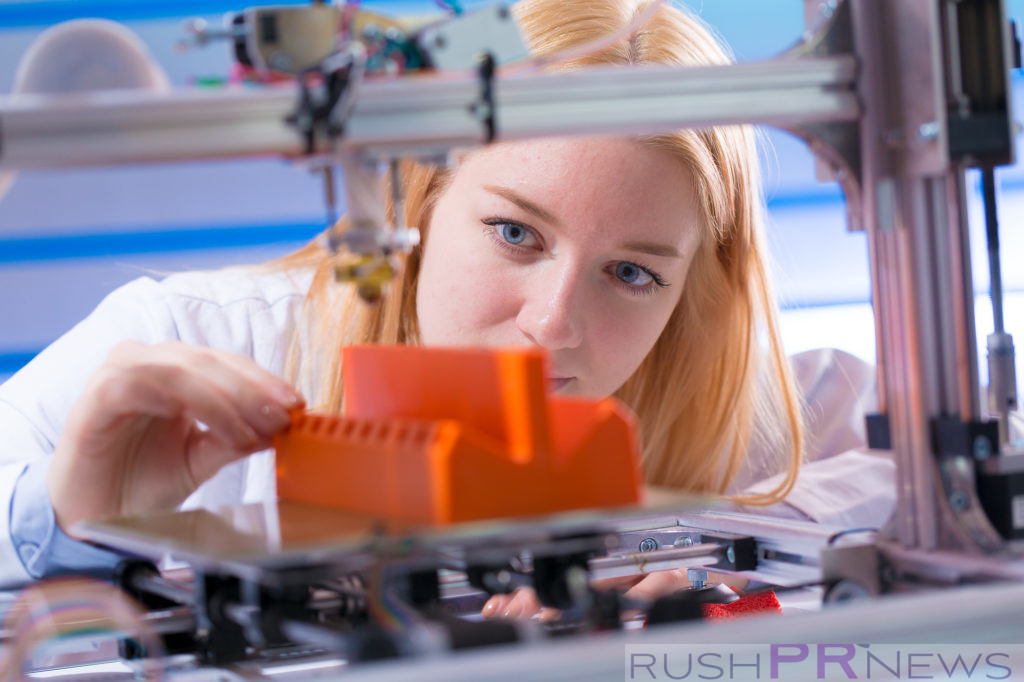3D printing is a growing industry that’s slated to be worth 50 billion dollars by the year 2025. Much of 3D printing’s rapid growth has been due to increased adoption in the general consumer space.
As 3D printing becomes more practical for at-home hobbyists rather than being focused on creative professionals, we expect to see the practice of printing in 3D skyrocket and eventually eclipse the level of market saturation enjoyed by 2D printing.
For that to happen, several 3D printing advances need to hit the market which we’re starting to see happening at the end of 2019 going into 2020.
If you’re curious to know what to expect from 3D printing in the coming months/years, keep reading to see some of the imminent leaps the medium is taking.
1. More User-Friendly Workflows
3D printing is a medium that presents a learning curve. First, there’s the process of learning how to use the machine itself.
Installing filament, playing with settings, maintaining your printer and other necessary tasks can quickly alienate non-tech-savvy users. Then, there’s the process of learning how to use the 3D modeling software required to send print jobs to your 3D printer.
All of those hoops that one must jump through to bring their visions to fruition have long relegated printing in 3D space to a certain class of people. Today, we’re seeing simpler printers roll out with proprietary software that boils the creation and uploading of print jobs down to the bare necessities.
These 3D printing advances will make getting started with this practice more viable to a wider spread of people.
2. Consumer-Priced Printers
A good 3D printer can easily set you back $500.00 or more. Professional-grade printers cost thousands.
As 3D printing becomes more widely adopted, we’re seeing printing manufacturers invest in the research and development required to create more cost-effective machines. The cost-effectiveness of that manufacturing is then passed onto consumers.
We expect that printers around $100.00 will be capable of producing semi-professional work in the very near future. Other 3D printing apparatuses like the 3D scanner and pen will see similar price decreases and quality upgrades.
3. An Explosion of Print on Demand Websites
Not everybody that’s interested in owning 3D printed objects wants to operate a printer. For those people, the 3D printing advances that they’re going to get most excited about is the prospect of print on demand (POD) websites popping up online.
POD websites are companies that will allow you to upload your 3D model to their databases and will then print and ship you your design. For casual 3D printing lovers that only produce one or two jobs per year, this may be the most cost-effective way to get jobs done.
4. Waves of Open Source Models
If you can’t design 3D models, don’t worry. We’re seeing a flood of open-source models pour into today’s marketplace.
Open-source models cover everything from 3D wrenches to trees. The designers of said models create and release them to the public for free for the betterment of the 3D printing community and world.
Thingiverse is a popular website where you can get several of these models.
5. Faux Natural Materials
One of the big downsides of 3D printing is that the materials objects are printed on look and feel like cheap plastic. Today, we’re seeing several filament producers create substances that resemble more regal materials like marble and copper.
As these faux materials become more believable, the usefulness of 3D printing in homes and businesses will explode.
6. Drawing in 3D Space
If you’re more of a pen and paper designer and less of a computer user, 3D printing advances have given us a tool that you’re sure to love. That tool is the 3D pen.
3D pens allow you to draw basic models in 3D space with their fast-drying filament that hardens as soon as it leaves your pen’s tip. Granted, the filament used in 3D pens isn’t likely to be as sturdy as what you’d find in a printer.
For simple jobs and causal doodling though, 3D pens are a great tool.
7. Pollution Solutions
As 3D printing becomes more popular, the world becomes more polluted. That’s because the most common material used in filament is ABS plastic.
On the bright side, ABS plastic does degrade when exposed to the sun. Unfortunately, this degradation takes several years and there’s no guarantee that disposed of plastic will ever come into contact with ultra-violet rays.
In order to combat this problem, 3D printing technology is moving towards the development and use of more ecologically responsible materials. As that advance picks up steam, we’ll find ourselves in a place where we won’t have to choose between the health of our planet and 3D printing.
8. Piracy
A negative advance in 3D printing is the growing prevalence of piracy within the medium. Imagine being able to 3D print a proprietary car part and circumventing compensating the original designer for their work.
This is something that’s happening at an increasing rate which is leading to uncertainty in the physical goods marketplace. Expect to see intellectual property protectors make strong moves to strike down distributors of copyrighted designs online.
3D Printing Advances Promise a Bold New World
The accessibility that 3D printing advances are bringing to the world when it comes to physical objects and creative fulfillment is astounding. Our team can’t wait to see what a world powered by 3D printing looks like and we hope that you share in our enthusiasm!
If you do and want to read more about 3D printing and related topics, browse more of the newest content on our blog.




